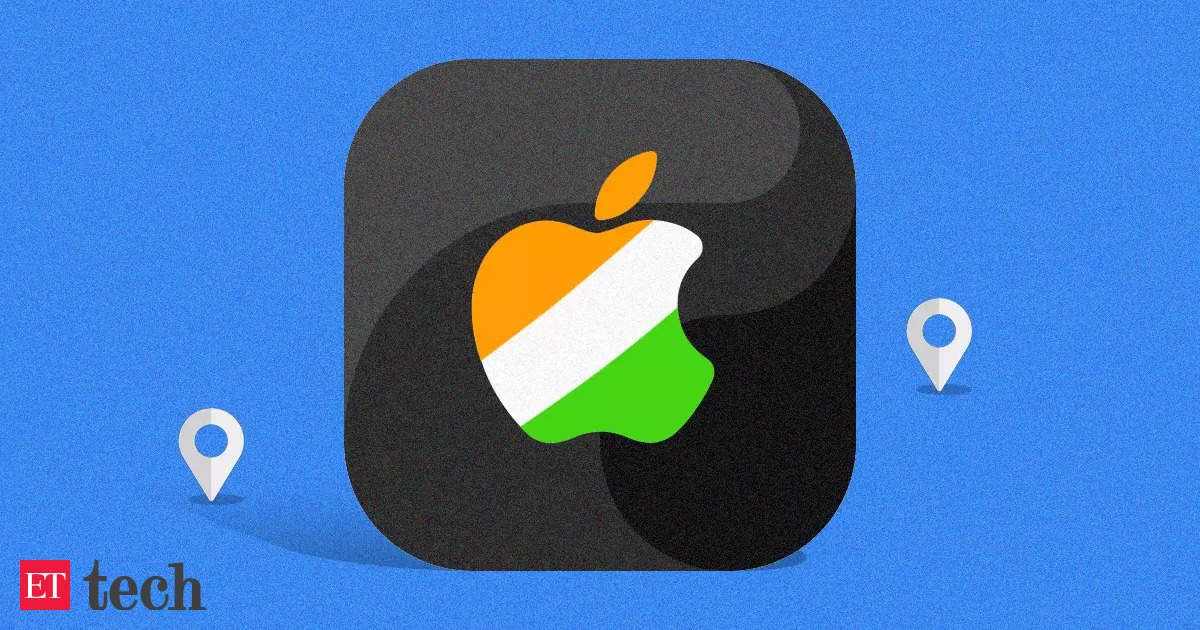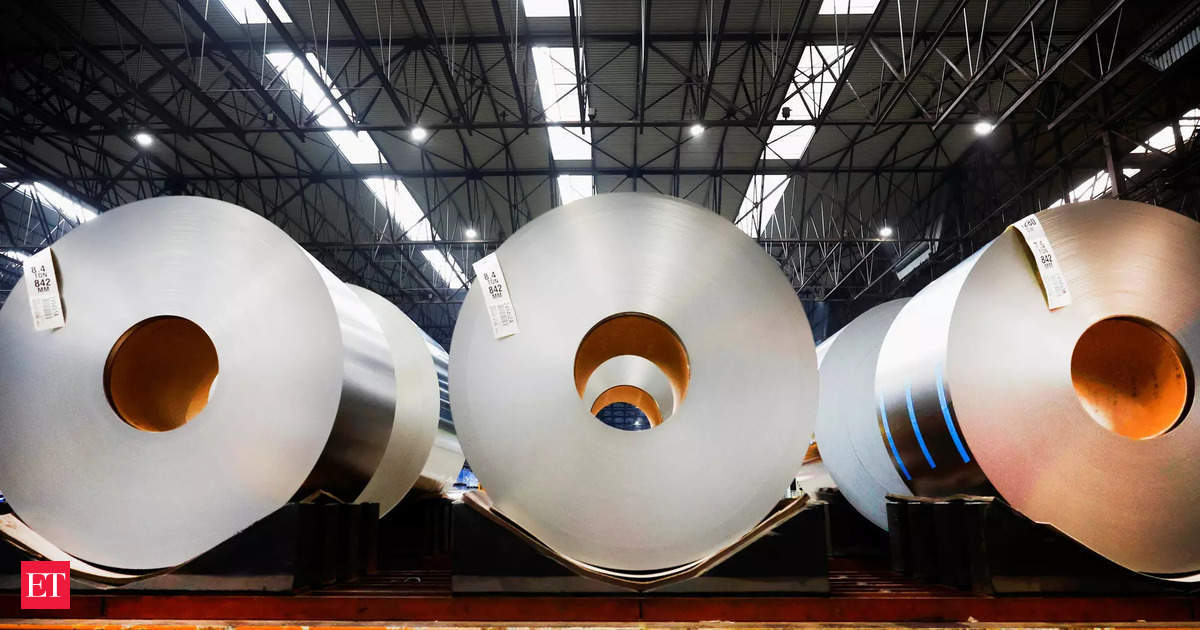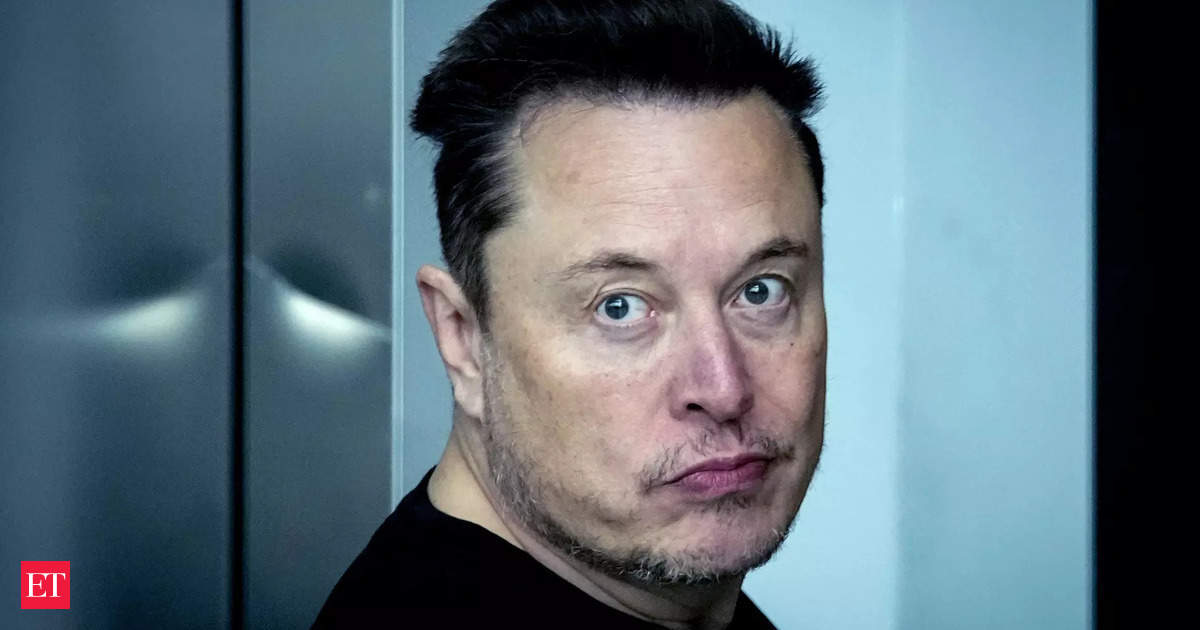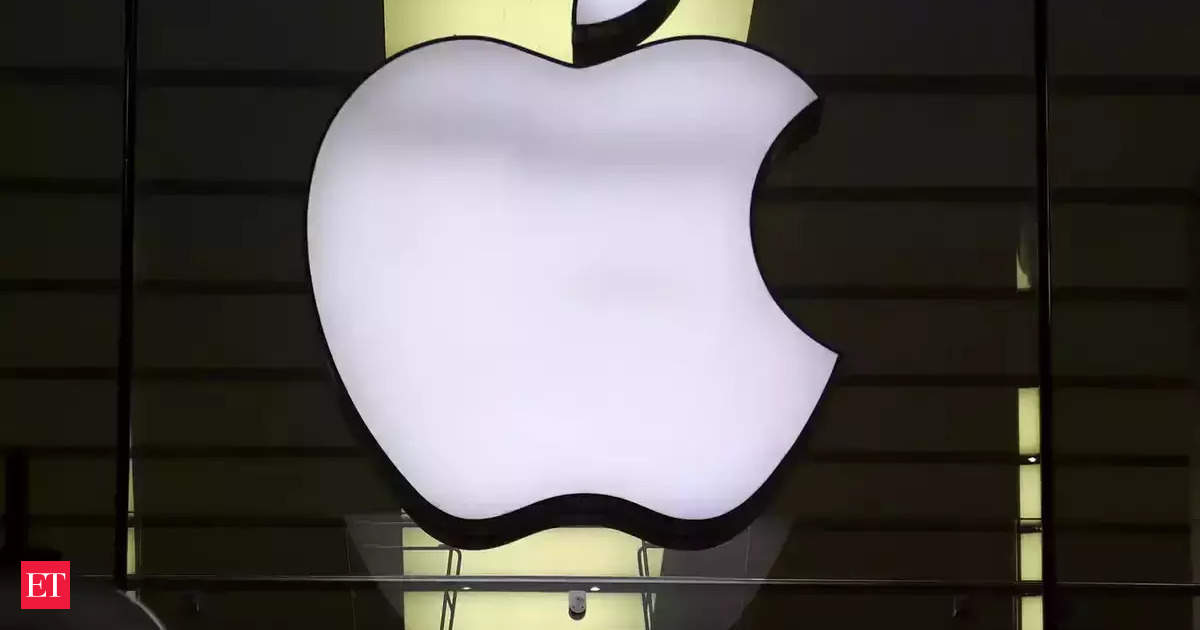‘Friends with Benefits’ is an excellent account of the US-India relationship by @seemasirohi, who lucidly writes about the bilateral relationship from the early 1990s onwards.
Thoroughly recommend this book – it’s easy to read, full of interesting stories & unputdownable. 1/42Image
“It is a fact that China improved the range of its missiles & bombers with US technology. Corporate greed, political misjudgment, corruption and an underlying certitude that a non-Western power would not be able to best the US blinded policymakers & gave China a free ride.” 2/42
On the scenario presented by General Dynamics to the Pentagon in 1991 on the US firing cruise missiles on Indian targets: “Today it may seem fantastic, even unbelievable, but at that time, India was seen as a hostile power by large segments of the US strategic community.” 3/42
On the sale of 60 F-16s to Pakistan in 1989: “the essence of Washington’s South Asia policy – military parity must be maintained between India and Pakistan. If India got ahead because of indigeneous capabilities or Soviet weapon sales, Pakistan must be compensated.” 4/42
“60 F-16s would do nicely. Democracy, or lack thereof, was not a defining metric from hardcore decisions. Sometimes I wondered if democracy was a qualification at all. This (1989) was a very different time… to the 1950s, when

s actively wanted

democracy to survive..” 5/42
“J.N. Dixit, India’s foreign secretary in the early 1990s, had to navigate US pressure to join a 5-nation conference on a regional framework.. hyphenated

&

, & essentially designated

as the ‘chowkidar’ of the region. The proposal suited

just fine but

not at all.”
“1994-99 Defence Planning Guideance.. talked about the need to prevent the re-emergence of a new rival. But to the surprise of many, the planners saw India as a rival…: ‘We should discourage Indian hegemonic aspirations over the other states in South Asia &.. Indian Ocean” 7/42
In 1993 “(Robin) Raphel said ‘[W]e view Kashmir as a disputed territory. We do not recognize ... (pause) … that instrument of accession as meaning that Kashmir is forever more an integral part of India. And there are many issues at play in that time frame, as we all here know."
“as soon as Raphel was named assistant secretary, she had asked to see the Indian Prime Minister, no less… No way, said the foreign office, because even in her new position, her rank was equivalent to that of a secretary or senior joint secretary in the Indian system.” 9/42
“Clinton’s first term saw a rapid expansion of Chinese efforts to capture US technology. It was done legally, openly and with the blessings of the US administration. The Chinese govt saw how easy it was to enlist US corporations in their long-term plan to beat the US.” 10/42
After India’s nuclear tests in 1998: “Joe Biden… gave a nuanced critique. He condemned the tests, no doubt, and asked India to sign all treaties, but he also said ‘a nation of India’s size, importance and stature cannot be isolated forever. We will have to engage India…” 11/42
“He remined the Congress that India was ‘not a rogue state’ but the world’s largest democracy. ‘It is a country with which we should have good relations’. He represented the ‘realistic’ branch of the Democratic Party.” 12/42
“(Naresh) Chandra had himself monitored India’s nuclear programme for various Prime Ministers. He apparently constituted the sole civilian oversight over a programme run by scientists, with hardly any interference from politicians.” 13/42
Chandra “expressed frustration with some of the BJP leaders in Delhi, who flaunted India’s new power and made Washington nervous… also had to deal with ‘parallel channels’ between New Delhi and BJP supporters in the US, who thought they could manage the Americans better.” 14/42
“Stephen Cohen, considered to be the father of South Asia studies in the US.. said, ‘The group that’s come to power believe strongly that they aren’t going to get anywhere by being good boys… We are looking for rogues & they are volunteering to be the rouge of the decade.”
“years for the US.. to develop basic sensitivity & stop telling

to open a dialogue with

in the immediate aftermath of a terrorist attack… Imagine if

… had asked

to open talks with al-Qaeda after 9/11 & settle things with a dialogue instead of launching.. wars.”
In the Iraq War in 2003" “the Pentagon ‘embedded’ nearly 600 mostly American reporters with various army units. They embraced the war and often used the pronouns ‘we’ when describing the many battles. Instead of reporting the war, the US media promoted it.” 17/42
On George W. Bush, “Interestingly, he was prescient on China and foresaw the trouble before Democrats would acknowledge anything was wrong… ‘It is an espionage threat to our country’… It would take 20 years for consensus to develop that China was out to displace the US.” 18/42
In 2005, Zelikow (counsellor of the US State Dept).. “while laying out the new South Asia policy said, ‘Its goal is to help India become a major world power in the 21st century. We understand fully the implications, including military implication, of that statement.” 19/42
In 2005, "

&

signed a 10-year defence framework agreement calling for more cooperation in security-related areas. It doesn’t get as much importance as the nuclear deal but it’s way up there on the importance ladder... ambitious in scope & opened many doors, albeit slowly.”
2005 nuclear deal: “Jaishankar, a PhD on the politics of nuclear proliferation from JNU, was the ‘facts man’ on the inside & the ‘narrative man’ on the outside. He gave ‘exclusive’ briefings to key reporters in Washington & Delhi, making each one feel only they had the story.”
2008 NSG deal: “Chinese behaviour in Vienna disappointed but didn’t surprise the Indian side. At one stage, the Chinese wanted to expand the NSG waiver to include Pakistan, but that idea was DOA – dead on arrival – and laughed out of the room by nearly every country.” 22/42
On US Special Representative for Pakistan & Afghanistan Richard Holbrooke in 2009: ‘He didn’t know South Asia and didn’t care to learn,’ according to a White House official who saw Holbrooke in action. ‘Then he brought in a bunch of people who also didn’t know South Asia.’ 23/42
In 2011, “Clinton’s open criticism of

's

policy left a sour taste. She criticized

for not speaking out more openly about human rights violations, reflecting the prevailing view in Washington that

was hesitant & didn’t exercise influence commensurate with its stature.”
"On poor relations during Obama 2.0 in 2013, “One former US official said the argument was that India had got the nuclear deal and there was no need to overinvest political capital in the US. Instead, India should keep the door open for a potential border deal with China.” 25/42
During the Devyani Khobragade case in 2013, “As a senior Indian diplomat told me later, ‘The whole thing smacked of moral condescension: ‘Look, you brown people – let us teach you something about the law’.” 26/42
On John Kerry annoying Sushma Swaraj in 2014, “He was late for his meeting with Foreign Minister Sushma Swaraj – a slight that didn’t go unnoticed. As Swaraj waited, one of her aides discovered the reason for the delay… Kerry giving an interview to NDTV’s Prannoy Roy.” 27/42
On the Chinese incursion in 2014: “Modi, who dreamt of luring Chinese capital to finance infrastructure, had got an early reality check. In an effort to please the Chinese, the Indian government had even told the Dalai Lama to move an important celebration out of New Delhi.”
“A former foreign secretary told me the Americans were hesitant in the past, because appearing for Republic Day would be a huge political signal to India’s neighbours [

,

].’ US domestic politics were also a factor in how various constituencies might perceive the invitation.”
On trade issues in 2015, “The aide asked why India, which was so adept at ‘throwing a monkey wrench in multilateral negotiations’ to protect its farmers and development space, was so diffident in a bilateral situation. It was a good question, and I didn’t have an answer.”
In 2016, “Americans often forgot how much India had moved towards the US under Modi. He was the most openly pro-US Prime Minister thus far. He was acting more quickly on all things American… even if Obama seemed to take little personal interest in India beyond climate change.”
On the Obama admin’s naivety towards China in 2016: “The lack of hard-nosed political calculations was shocking. US officials, who are prone to telling other countries how best to protect their national interest, were failing to protect their own vis-à-vis China.” 32/42
“Obama closed the India file on a positive note. In his 8 years he moved from flirting with the idea of letting China be the supervisor of South Asia to issuing a joint vision statement with India and declaring India an MDP (Major Defence Partner).” 33/42
“The Trump administration listed 3 priority areas for the India relationship – energy cooperation, counterterrorism, & defence technology & trade. No more of those 30 or 40 dialogues that started under the Obama and Bush administrations to show the breadth of the relationship.”
“

was nervous because Trump was maverick enough to actually change US policy & ignore age-old justifications, tortured explanations & the.. benefits of bribing a country clearly working against US interests in

.

diplomats could feel the ground shifting under their feet.”
“Jaishankar saw the Trump-sized disruption as an

-sized opportunity.

could find a more favourable ‘terms of engagement’, compared to what a ‘more orthodox

’ might have offered.

officials refrained from ostentatious criticism of Trump, unlike.. counterparts in Europe.”
On Trump’s sense of humor: “He was given a short account of Modi’s personal life and told that Modi lived away from his wife. Without missing a beat, Trump said, 'I got some women I can set him up with’. 37/42
Trade disputes in 2018: “US oil exports to India rose dramatically. One had to wonder about the constant threat of sanctions for one way or another, which somehow resulted in benefitting

industry in the end. In that sense it was always ‘

First’, & not just under Trump.”
“One of the objectives of the Council on American-Islamic Relations… is to fight prejudice, but their spokespersons also routinely accuse critics of ‘Islamophobia’…Afraid of being labelled Islamophobic, Democrats & US leftists are generally unwilling to question the motives..”
Revocation of Article 370 in 2019: “India was losing the battle of narratives… Indian officials told me that Western editors had rejected a couple of opinion pieces that didn’t suit their goal, which, at the time, was to shine a spotlight on India’s anti-democratic moves.”
After Galwan in 2020: “Equally important was real-time intelligence shared by US agencies, which allowed the Indian Army to get a better sense of Chinese deployments, including the kinds of weapons the troops carried. The US began sharing geospatial intelligence soon after..”
“

-

relationship caused its own set of problems for

. Deferential to both

& corporate interests,

pursued an overly mercantilist approach for decades, losing sight of the big geostrategic picture..

&

are increasingly in concert of the nature of the

threat.”





















